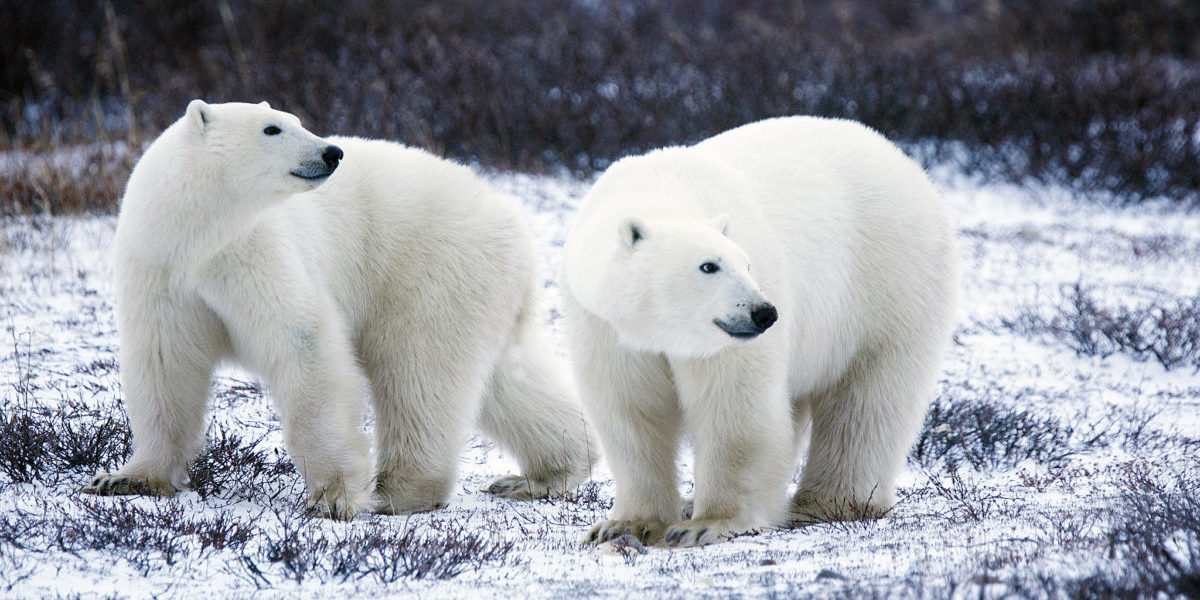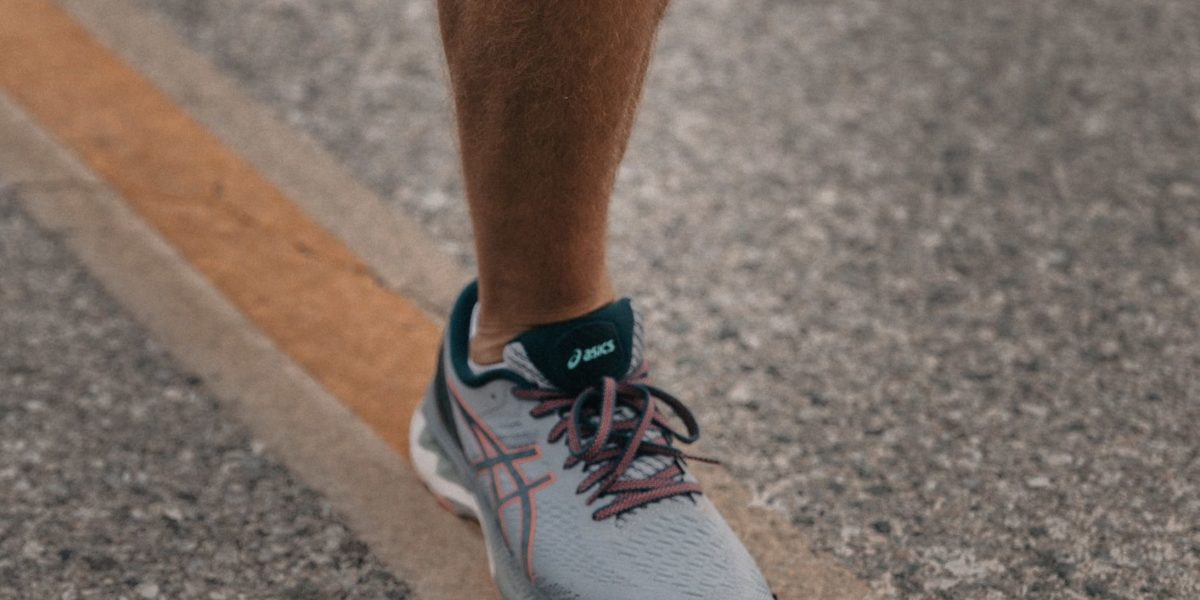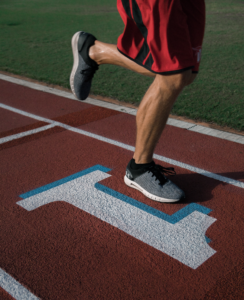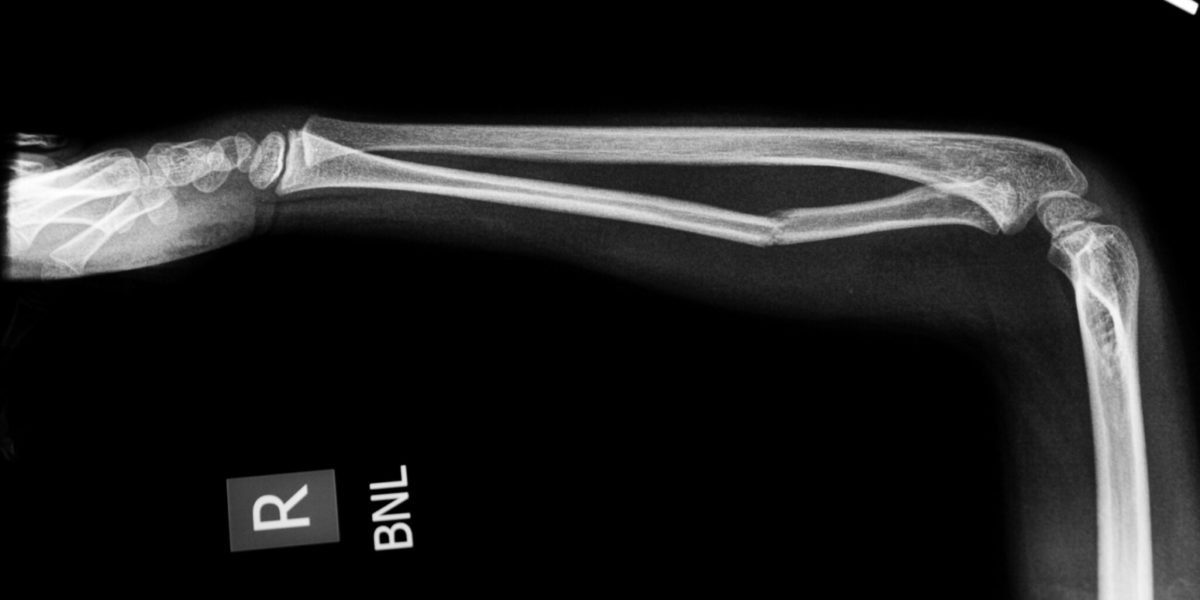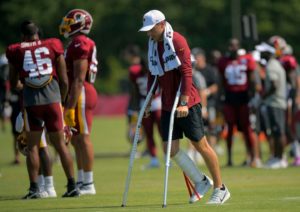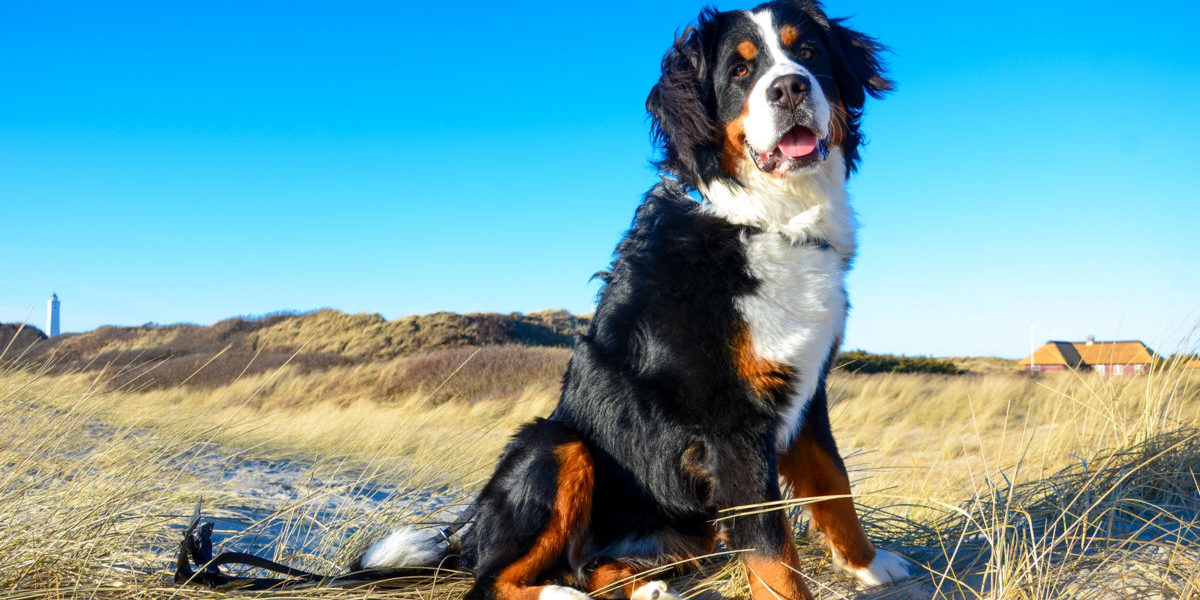We have all likely heard the saying, “Work smarter not harder.” While this is generally referenced in an academic setting, it is also very applicable in athletics! One of the benefits to being a runner is that it’s a sport people can participate in at any age and nearly anywhere. Unfortunately, however, anywhere from 65-80% of runners get injured in a given year. A large portion of these injuries are related to overuse.
Continue reading “Work Smarter Not Harder!”Tag: bone
Down to the Bear Bones: How Polar Bears evolved from Grizzlies to hunt in the Arctic
Katmai National Park in Alaska holds an annual “Fat Bear Week”, in which Twitter followers are asked to vote for the fattest bear in the park. This year’s winner was Holly, somewhere in the range of 500 to 700 lbs. That’s a big bear. However, in 1960, a male polar bear in Kotzebue Sound, Alaska, weighed in at 2,209 lbs. In fact, on average, polar bears weight up to 60% more than Grizzly bears, their closest animal relative.
Continue reading “Down to the Bear Bones: How Polar Bears evolved from Grizzlies to hunt in the Arctic”In the Womb: Alive and Kicking
For a pregnant woman, it can be a thrilling moment when her baby kicks for the first time. Women have described the feeling as a flutter, a tumble, or a gentle thud. However, these movements are not only exciting because they are unpredictable but because they indicate healthy fetal development.
Continue reading “In the Womb: Alive and Kicking”Why Not Running Could Lead to Bad Bone Health
Is staying active and fit enough to avoid bone loss? Maintaining high bone mineral density (BMD) is important for preventing osteoporosis, fractures, and other conditions associated with bad bone health. However, high-impact sports that often involve running or jumping might be necessary in order to preserve and improve BMD among athletes of all ages. Low-impact sports (such as cycling) as well as weight training may not be enough to maintain high BMD and avoid associated health risks.
Continue reading “Why Not Running Could Lead to Bad Bone Health”A Mystery: How Can Distance Runners Avoid the Most Common and Dreaded Injury?
Stress fractures are small cracks in the bone produced by repetitive stress. The most common locations include the tibia, fibula, and navicular bone. An article by Crowell and Davis on gait analysis stated the occurrence of bone stress injuries in track and field athletes (male and female) to be as high as 21%. Furthermore, approximately 50% of female track and field athletes have had at least one stress fracture. Bone stress injuries can have a devastating effect on the athlete, their team, and the willingness of these runners to continue to compete. The only treatment for stress fractures is to completely stop running for an average of 6-8 weeks. Runners have no clear and confirmed guidance on injury prevention or appropriate volume of training.
Continue reading “A Mystery: How Can Distance Runners Avoid the Most Common and Dreaded Injury?”Why do bone fractures take a long time for healing?
Have you observed that someone around you has broken their arms or legs? Bone fracture is a complete or incomplete break of bone continuity. And it is very common in our daily lives that there are more than 3 million cases in the U.S. per year. Many events may cause bone fractures, such as falls, car accidents or sports injuries. So, do you know how long it takes for the fracture to heal?
Continue reading “Why do bone fractures take a long time for healing?”Canine Hip Dysplasia: What You Should Know
Canine hip dysplasia (CHD) is a degenerative hip disease that tends to develop in large breed dogs, such as the Bernese Mountain Dog, affectionately referred to as Berners. CHD significantly decreases the quality of life of a dog and often leads to complete immobility if left untreated. Experts estimate that about 28% of Berners are affected by dysplastic hips, making them the 8th most susceptible dog breed.
Continue reading “Canine Hip Dysplasia: What You Should Know”Skeletal Support Seekers’ Success (So Far)
Bones break, and broken bones need time to heal, or regrow. Fans of J.K. Rowling’s Harry Potter series are quite familiar with the concept of bone repair, as Harry is once required to drink a Skele-Gro potion to magically (and painfully) regrow his arm bones overnight. Now, as fantastic as it would be to completely fix broken bones in a few hours, modern medicine has not yet discovered that secret of the Wizarding World; however, several treatments have been developed in attempts to speed the rate of fracture repair as well as increase the comfort of the patient (take that, Skele-Gro).
Continue reading “Skeletal Support Seekers’ Success (So Far)”3-D Print a New Leg for Your 4-Legged Friend
3-D printing is a quite exciting technology that has come to light in recent years. The process involves a nozzle much like in a regular inkjet printer that layers material upon material to build up a 3D structure. The printer receives this data from a computer designed file that maps out where the printer should add material. Combine this with filler material that serves to hold everything in its final upright position, and the final product is born, after setting and clearing off the filler. This process has been used to make many different things, from simple objects like phone cases and luggage tags to complex scaffolds used to hold cells for tissue engineering, or as in this post, specific implants for dogs and other animals. The usual types of orthopedic implants that have somewhat of a cookie cutter size distribution for humans do not always fit in dogs or other animals. So, 3-D printing has been employed to create implants used to repair and replace bones in veterinary situations.
Continue reading “3-D Print a New Leg for Your 4-Legged Friend”The future of hearing might be in your bones
How many times have you walked up to someone and were unable to get their attention because they had headphones on? This is an increasingly important issue as we become more connected to our devices and less connected to the world around us. Recently, several companies, including Aftershokz and Pyle, have tried to solve this issue by creating bone conducting headphones.
Continue reading “The future of hearing might be in your bones”
